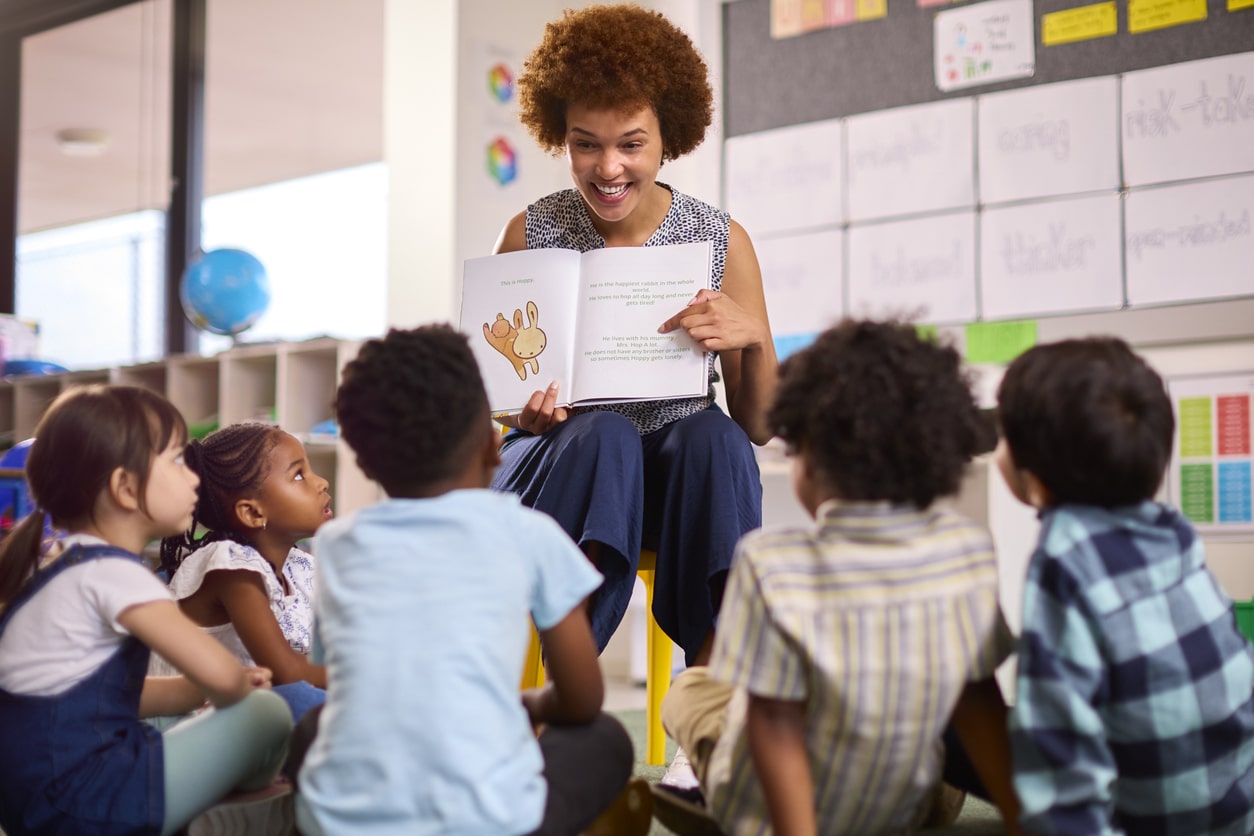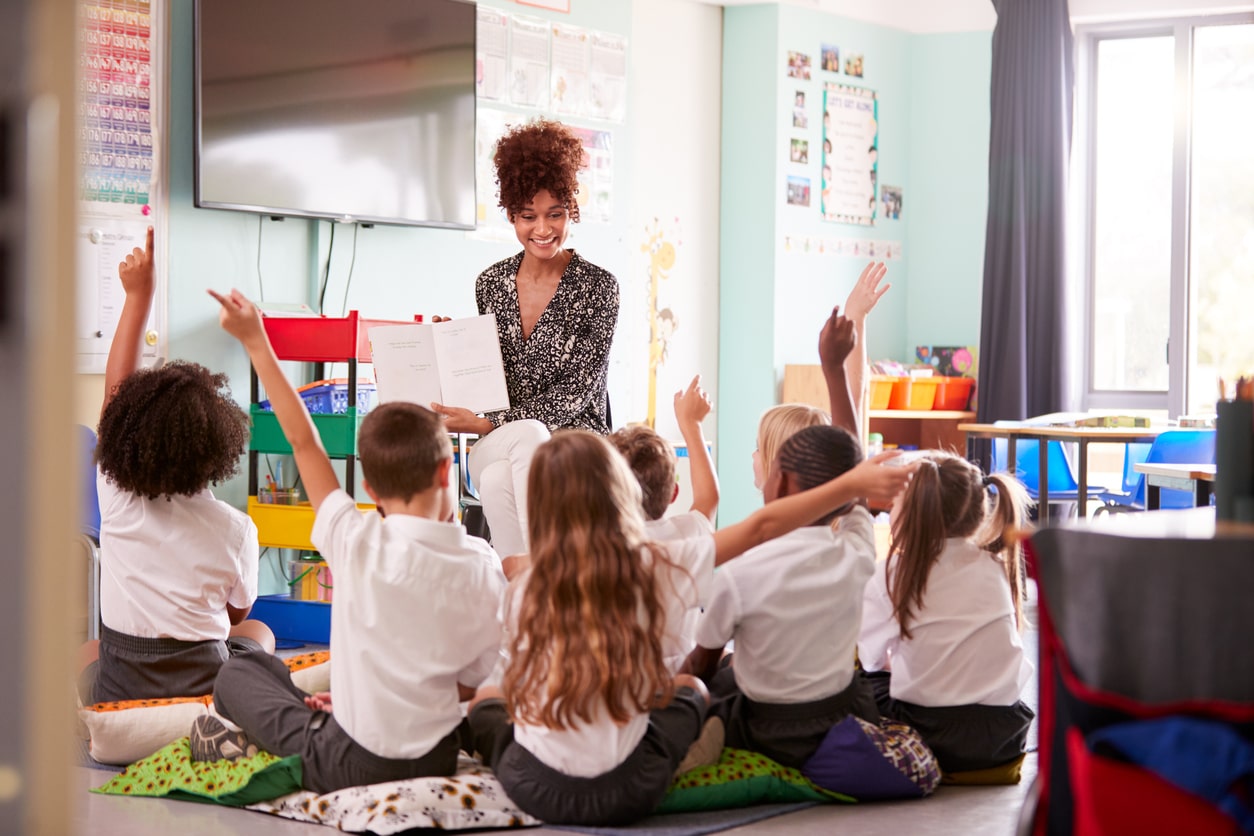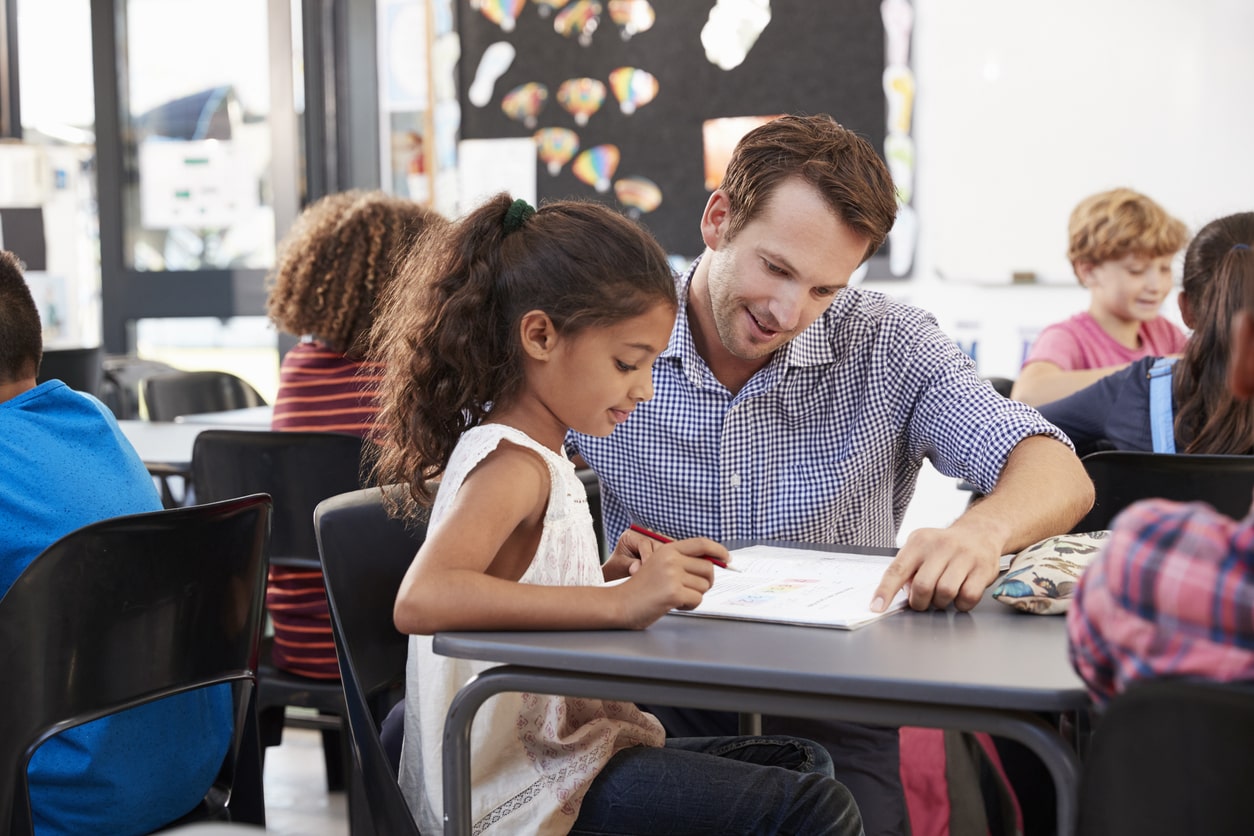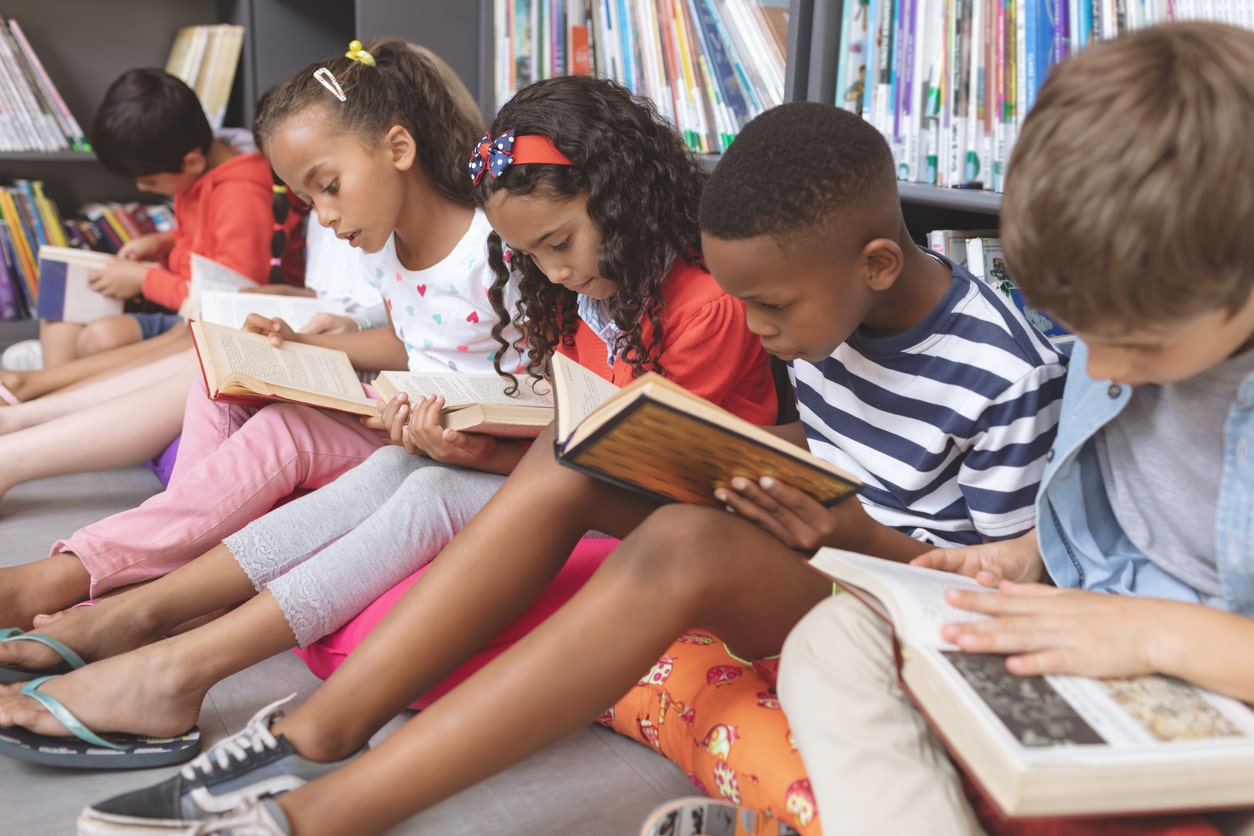Download for free!
As you may have inferred...this is a critical reading skill!
Making an inference involves using what you know to make a guess about what you don't know, or reading between the lines. Teaching your students to use this technique will encourage more critical reading and better understanding and enjoyment of the text.Inferences in Reading: Teach Students to Make Inferences
This article provides a comprehensive guide on the concept of making inferences in reading. It delves into what inferences are, their importance, and how to teach students to make inferences.
We also provide practical examples and strategies that can be employed in the classroom, alongside a variety of tools and exercises to help students practice this vital reading skill.
What are inferences?
Making an inference in reading involves using what you already know to guess what you don’t know. This is often called reading between the lines of a text.
Readers who make inferences use the clues in the text along with their own experiences to help them figure out what is not directly said, making the text personal and memorable.
Not only does making inferences make the text more personal for students, but it will also help them to read more critically and to remember and apply what they have read.

Why is it important to make inferences in reading?
Researchers have confirmed that thoughtful, active, proficient readers are metacognitive. This means they think about their own thinking during reading. They can identify when and why the meaning of the text is unclear to them and can use a variety of strategies to solve comprehension problems or deepen their understanding of a text (Duffy et al. 1987).
Proficient readers use their prior knowledge and textual information to draw conclusions, make critical judgments, and form unique interpretations of text. Inferences may occur in the form of conclusions, predictions, or new ideas (Anderson and Pearson, 1984).
How to teach students to make inferences
Teach students to make inferences in reading by modeling it for students, starting with everyday examples, moving to listening activities, and then to text examples.

Start with everyday examples
Tell students that good readers make inferences to understand what they are reading. Emphasize that they will bring their own knowledge of events to the text, so each inference may be unique. For example, you may want to introduce making inferences with an example such as the following:
You got to school this morning and you couldn't find a lesson plan. You were reading it over while having breakfast, so you probably left it on your kitchen table.
Point out that you are making an inference based on the fact that you know you were working on your lesson plan at home. Discuss situations in which students don't have all of the information and have to make logical guesses, such as figuring out what someone is trying to say, figuring out what is happening in a movie, or figuring out who the singer is on the radio.
Use pictures
Another way to introduce students to making inferences is to use pictures. Show your class a photo from a magazine or book, but cover part of the image with your hand. Ask your students about what is happening in the picture, what the magazine image might be advertising, or what they think the book will be about.
Think aloud as you make connections between the facts and your prior knowledge, using phrases such as, "The picture looks like...I know that..." Next, have students respond to questions about new pictures, citing their reasons for their inferences. Have them cite reasons that are facts along with reasons that come from their prior knowledge.
Move on to reading inferences
After the two exercises above, model how good readers make inferences while reading.
Read this short passage to students:
The young woman walked a bit hesitantly towards the famous cozy Italian restaurant. She did not believe the excuse her parents gave her for having to meet her at the restaurant instead of at their house. To make matters worse, she was a bit grumpy because she was still catching up on the sleep that she lost during exam time. She noticed some cars that looked familiar in the parking lot. As soon as she walked through the door, she heard, "Surprise!"
Now read the passage again. When you can make an inference, tell the students about it and describe how you came to your conclusion.
You may say something such as:
The text says: She did not believe the excuse her parents gave her.
I know: Sometimes if people play practical jokes, others don't believe everything they say. Maybe her parents played practical jokes.
The text says: She was a bit grumpy because she was still catching up on the sleep that she lost during exam time.
I know: I know exams are usually given in school, so she is probably in high school or college.
The text says: She noticed some cars that looked familiar in the parking lot. As soon as she walked through the door, she heard, "Surprise!"
I know: If the cars are familiar, that means people she knows are in the restaurant. This makes me change my inference. If her parents wanted to meet her at the restaurant, and other people she knows are there, maybe it's a surprise party.
By modeling your own thought process, your students will see how you took the information from the text, along with what you knew already, to make inferences. Point out which facts came from the text and which came from your background knowledge. Then put them all together to make the inference that it might be a surprise party.

Tools to help students make inferences in reading
To make the process more explicit, use a graphic organizer to record students' answers. Ask students to record the facts that are stated in the text, along with their background knowledge.
Have students keep in mind that they can change or modify their inferences as they read. Point out that they were able to make an inference based on their knowledge of surprise parties. Have students practice this strategy and use a graphic organizer while reading text.
For younger students, you may generate some questions about a text as a group, place students in pairs, and have pairs work together to fill out the graphic organizer.
How can you stretch students’ thinking when teaching to make inferences?
Allow students to share a wide range of interpretations when reading fiction. Make sure the classroom is a safe and non-critical place for students to share their background knowledge, keeping in mind that there may be as many different interpretations as there are students.
Use a variety of genres to practice making inferences. When students read non-fiction, some fewer inferences or interpretations are usually made from the text. Discuss how the inferences and conclusions are different when reading science articles, poetry, novels, or historical documents. Have students practice justifying their interpretations, being explicit about which parts of the text they used to gain facts, and the background knowledge they used to make the inference.
Challenge students by having them write a paragraph including facts and inferred facts. Have them exchange their paragraphs and make inferences based on the information in the paragraphs. Ask each student to complete a graphic organizer for their peer's story, and have them discuss their inferences and how they arrived at them.

Inference practice exercises for students
Reading exercise
Have students read a newspaper editorial. Have them infer at least two things that were not explicitly stated by the author. Then have students conclude the topic. Ask students to make inferences and draw conclusions from a particular novel you are reading in class.
Have students make inferences about where or when a photograph was taken. Provide photographs of unfamiliar geographic areas, buildings, or landscapes.
Writing exercise
Have students write a paragraph that describes something they are familiar with (an object, situation, place, etc.) without explicitly stating what it is.
Pair students and have them exchange their papers and infer what their partner's paragraph is describing. Have them list the inferences that led them to their conclusion.
Lesson plans about making inferences
Animals Should Definitely Not Wear Clothing
This lesson is designed to teach primary students to make inferences as a reading comprehension strategy. In this lesson, students will draw on their prior knowledge and use the information from the pictures in the book to articulate (verbalize) the inference the author is making in the text. This is the first of a set of lessons designed to teach students how to make inferences.
This lesson is designed to help primary students establish the skill of making inferences. In this lesson, students draw on their prior knowledge and use the information from the text to make inferences. This is the second of a set of lessons designed to teach students how to make inferences.
Why Mosquitoes Buzz in People's Ears
This lesson is designed to expand primary students' skill of making inferences. In this lesson, students will draw on their prior knowledge and use the information from the text to make inferences. This is the third of a set of lessons designed to teach students how to make inferences.









